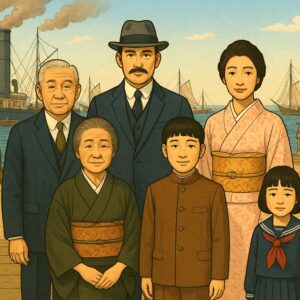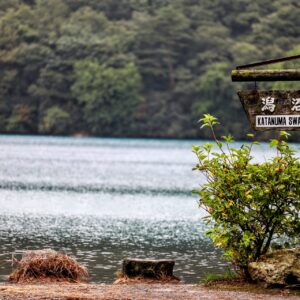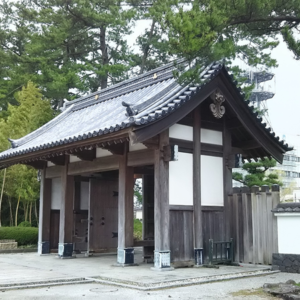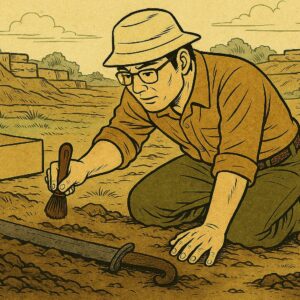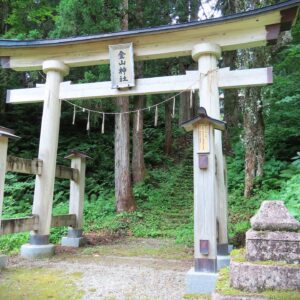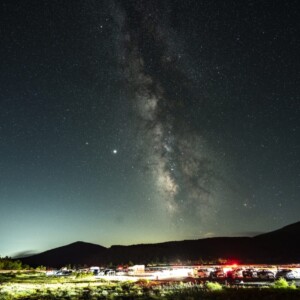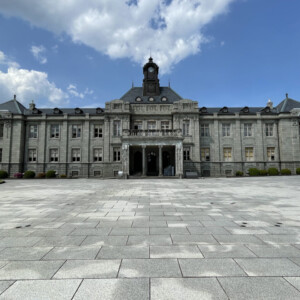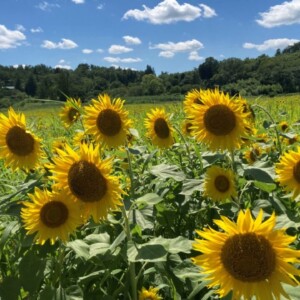
Shiwa Inari Shrine, which is one of Japan's three major Inari shrines, is one of the leading power spots in Iwate Prefecture!
table of contents
Iwate Prefecture is home to a number of power spots, including Morioka Hachimangu Shrine, but one that is attracting attention as being one of the top two Shiwa Inari Shrine, which is sometimes counted as one of the "Three Great Inari Shrines of Japan .
a nearby Shiwafuru Inari , so the two shrines are often confused, but the Nanbu clan made generous donations to both Inari shrines and they were both cherished.
Shiwa Inari Shrine is "Shiwa's Oinari Shrine" and is said to be particularly effective in warding off bad luck, praying for success in exams, and ensuring traffic safety.
Where is Shiwa Inari Shrine?
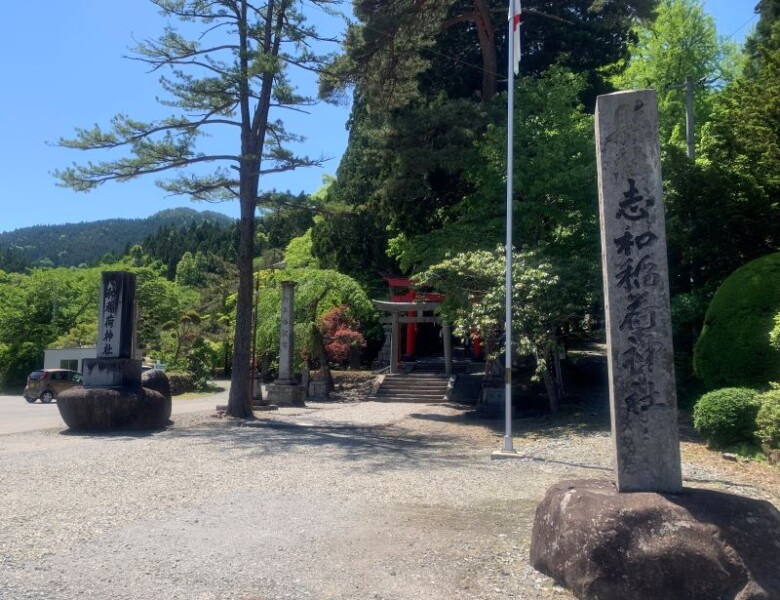
from central Morioka City on Prefectural Route 162 (Shiwa-Shizukuishi Line) . The shrine, located at the foot of the source of the Takinagawa River, is surrounded by rows of old cedar trees, creating a solemn atmosphere that is worthy of being called one of Iwate Prefecture's most powerful spots.

It is easy to get confused as Shiwako Inari Shrine is located near the prefectural road just before Shiwa Inari Shrine, but the "largest torii gate in the Tohoku region" is the landmark when visiting Shiwa Inari Shrine.
The history of Shiwa Inari Shrine began with the "Battle of Zenkunen"

It is said that the shrine dates back to the Zenkunen no Invasion in the late Heian period, Minamoto no Yoriyoshi set up camp at Jingaoka in Shiwa town in 1057 and enshrined a branch of the spirit of Fushimi Inari Shrine to pray for victory. During the Muromachi period, it was revered by the Shiba clan who ruled the area, and was also long worshipped by the Nanbu clan who replaced them as a place of prayer for their clan.
During the Meiji period, it was designated as a "prefectural shrine," a high ranking in the "old shrine ranking" system, which indicates the status of shrines, and after the Pacific War, it was designated as a "special shrine" by the Association of Shinto Shrines and was considered a shrine of high status alongside Morioka Hachimangu Shrine
The three enshrined deities of Shiwa Inari Shrine
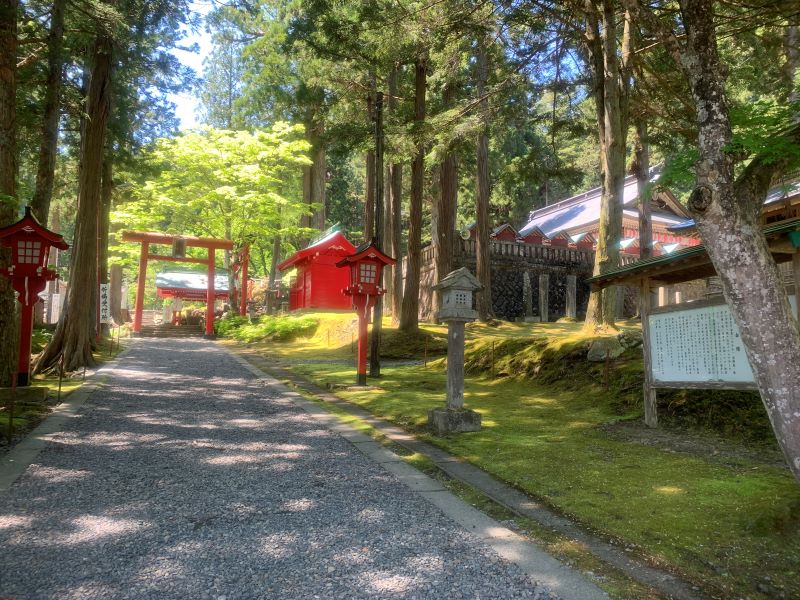
The following three deities are enshrined at Shiwa Inari Shrine
Ukanomitama no Okami (Okami of Uka)
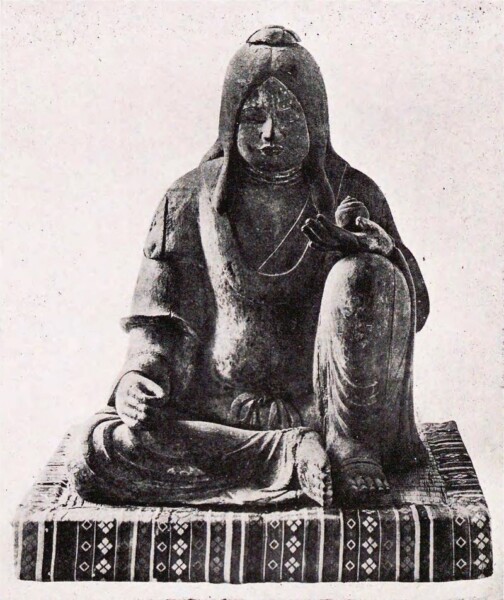
He is the main deity of Fushimi Inari Taisha Shrine and is widely worshipped throughout the country as the Inari god (O-Inari-san). He was once the god of grain, but now he is also worshipped as the god of agriculture and the god of commerce and industry, and is often enshrined on factory grounds as well as on the rooftops of buildings and department stores
Sarutahiko-no-Okami
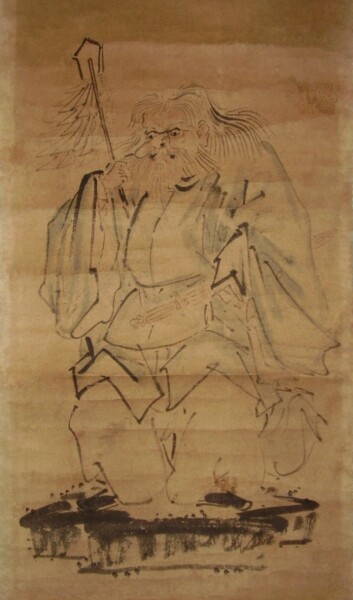
the "Descent of the Heavenly Grandson," which is said to be the beginning of the Yamato Imperial Court , and is therefore worshipped as the god of roads and travelers, and is sometimes treated as a roadside god. He is the god who protects traffic safety and the safety of travel, and at festivals, Sarutahiko, wearing a red Tengu mask with a long nose, high geta sandals, a spear, and other costumes, sometimes leads the portable shrine.
Omiya Nohme-no-Okami (Omiya Nohme-no-Okami)
Amanouzume-no-Mikoto , she is often worshipped together with Sarutahiko-no-Okami as a married couple. It is said that Amaterasu-Omikami hid in the cave of heaven , Sarutahiko-no-Okami danced in front of the cave to attract Amaterasu-Omikami's attention and make her open the cave.
For this reason, he is considered a god of improvement in the arts and crafts, and is also worshipped as the patron deity of the hospitality industry and the god of safety and harmony in the home
What are the benefits of Shiwa Inari Shrine?
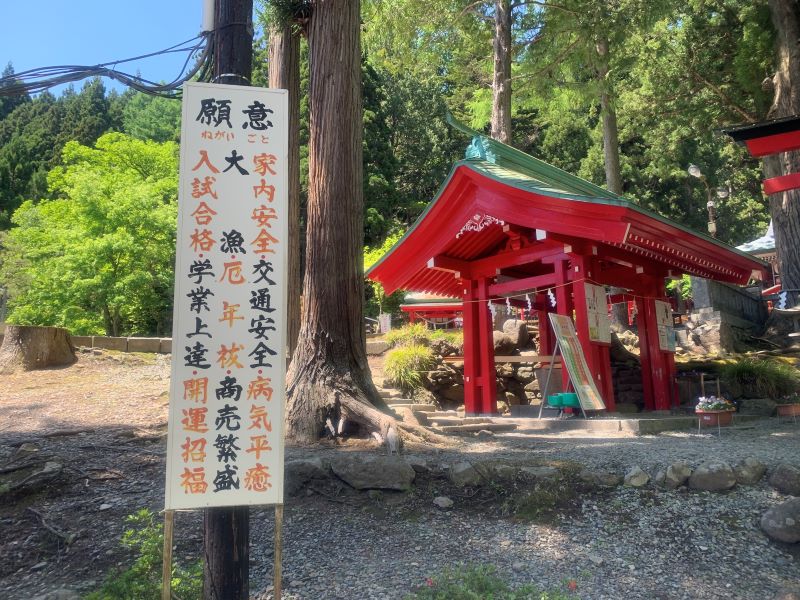
safety in the home, safety on the roads, prosperity in business, bountiful harvests, satisfaction with a large catch, safety in the workplace, academic success, protection from unlucky years, safe travels, and good fortune , and like other Oinari-san, it can bring benefits for all kinds of wishes in life.
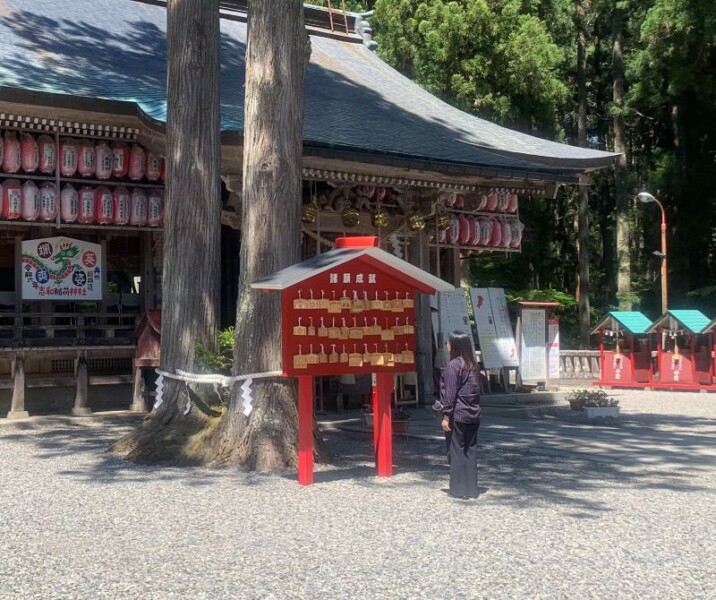
Oinari-san is a god who can answer a variety of wishes may be the reason why the belief in Oinari-san has spread throughout Japan.
I visited Shiwa Inari Shrine!
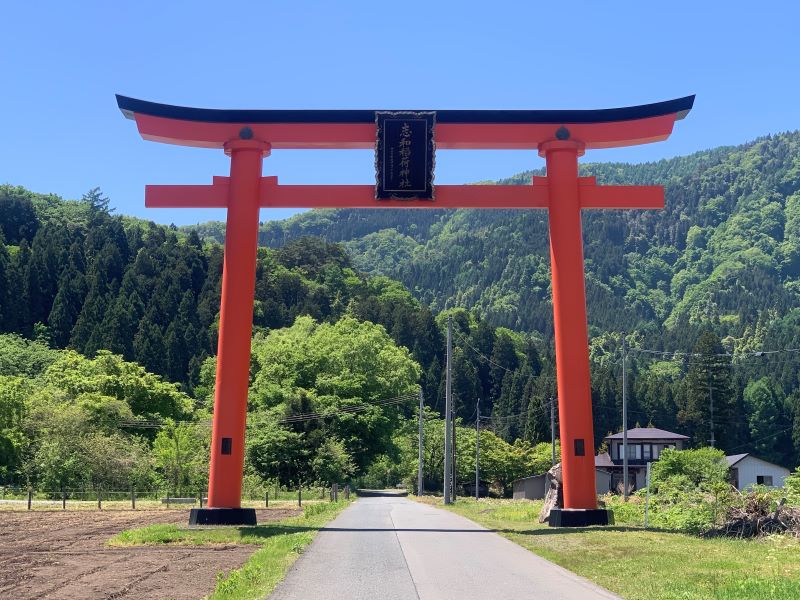
If you turn off Prefectural Route 162 onto a side road along the Takiname River, you will be greeted by a large red torii gate, said to be the largest in the Tohoku region
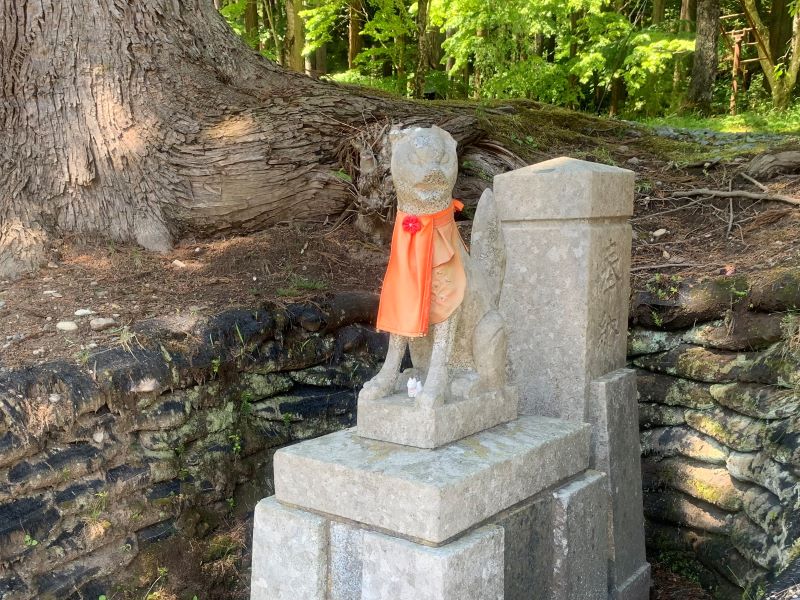
"ear-missing foxes" enshrined on either side of the large stone torii gate on the approach to the shrine.In "Mizubun" (water), and both foxes were caught up in the conflict and lost their ears.
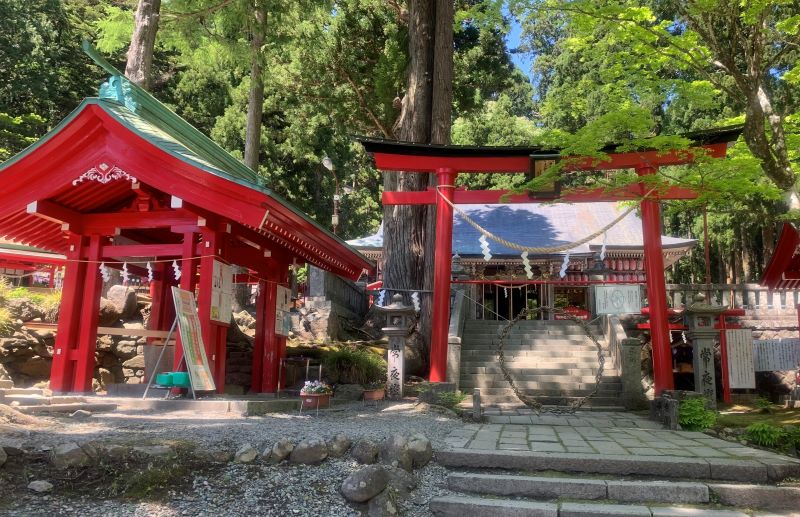
After passing in front of the Kagura Hall on the right side of the approach and passing under three torii gates, you will find the shrine office (where you can get amulets and red seals) on your left, and directly in front of you is a temizuya (water purification basin) where you can purify your hands and mouth
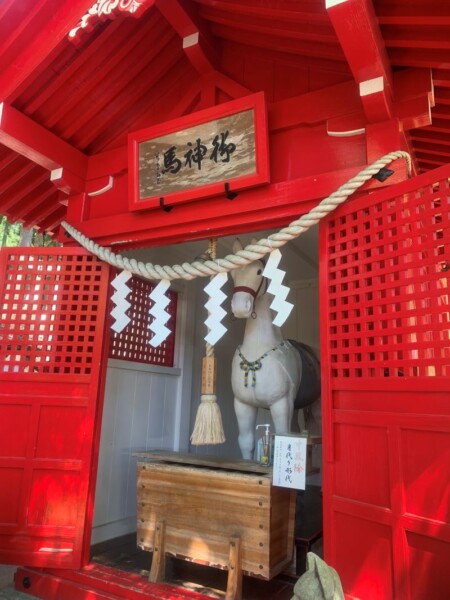
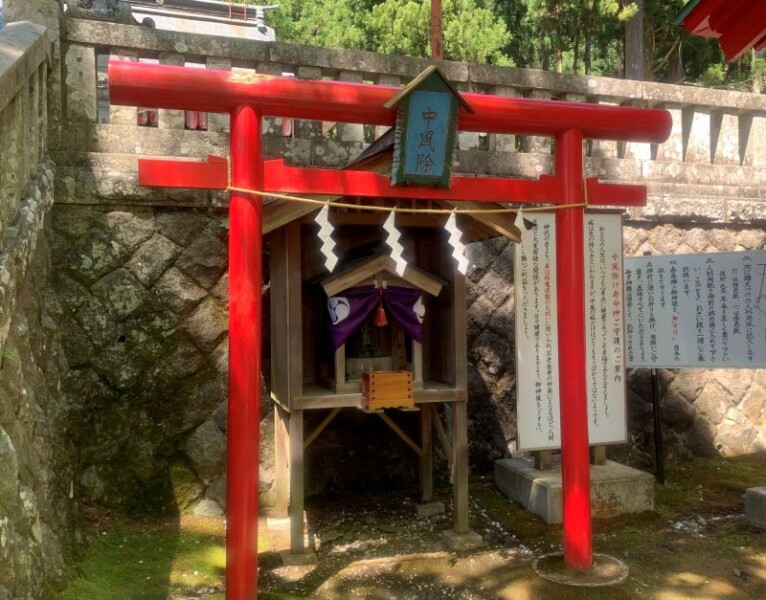
On the right, just before the torii gate in front of the main shrine, are the Oninuma Shrine and the Nafuyoke Shounin Shrine, which is said to ward off . The paralysis mentioned here refers to the aftereffects of a stroke, and sudden strokes have been a frightening disease both now and in the past.
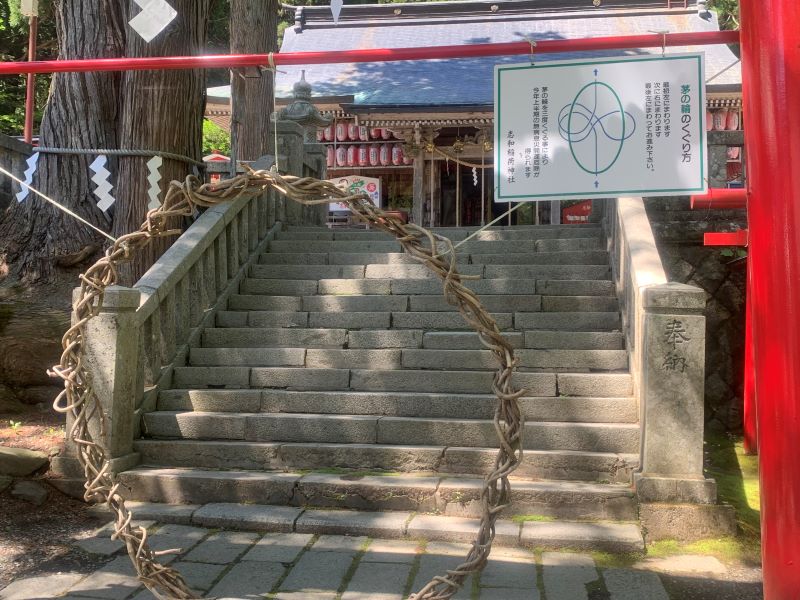
A "Wisteria Ring" is permanently placed at the torii gate in front of the worship hall a "Chigo Ring" is also placed during the summer purification ceremony on June 30th, and two rings are placed at this time only.
Pass through the Wisteria Ring three times, left, right and then left again, while praying for good health in the first half of the year, and then go up the stone steps to the worship hall

To the right of the worship hall are the twelve zodiac shrines, each dedicated to a guardian fox of the zodiac. After paying my respects to the guardian fox of my zodiac sign (the Year of the Pig), I went around to the back of the worship hall
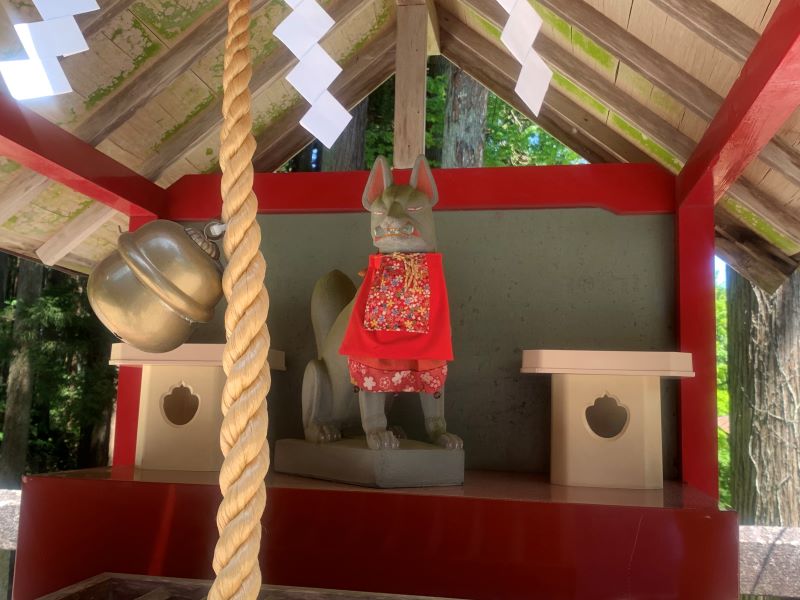
The "Money-rubbing Lion" statue in front of the worship hall "Rub it with your talisman to be blessed with good fortune," and it is said that if you rub the lion's head inside with a talisman, your fortune will improve.

Behind the main shrine Hitotonoshusha," which "Omuro," where offerings are made . Further up the mountain the "Inariyama Sando leading to "Yamagisha" and "Sacred Tree .
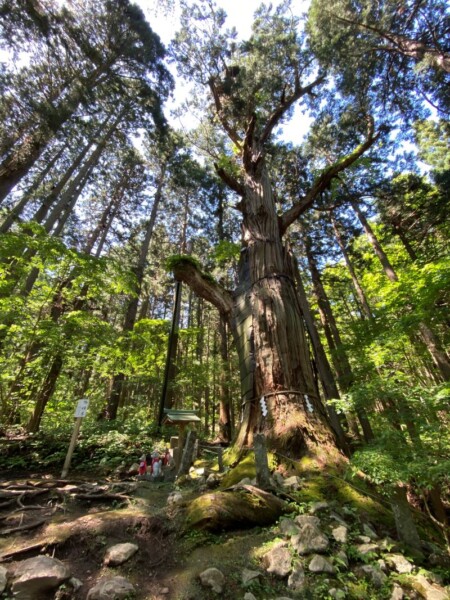
This sacred is said to be 1,200 years old, has an overwhelming presence, as if it were commanding the surrounding cedar trees, and four stone statues of foxes have been placed at the base of the tree, as if protecting the sacred tree.
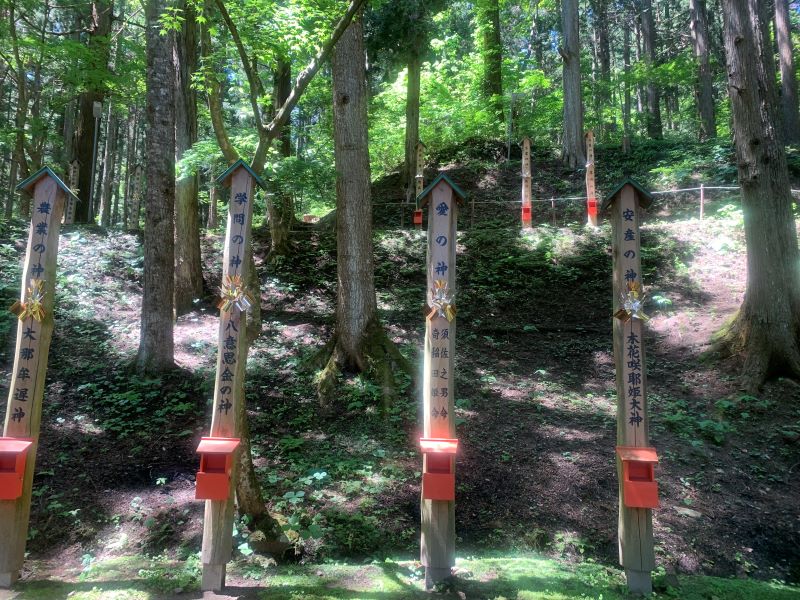
On the path to the sacred tree, there are pillars dedicated to many gods. You can choose the god who will grant your wish and pray to him

Furthermore, within the shrine grounds a "Car Purification Hall" . The prayers for traffic safety at Shiwa Inari Shrine are said to bring good fortune.
Shiwa Inari Shrine <Information>
- Name: Shiwa Inari Shrine
- Address: 17-1 Masuzawamaedaira, Shiwa-cho, Shiwa-gun, Iwate Prefecture
- Phone number: 019-673-7608
- URL: Shiwa Inari Shrine official website
Google Map
The other Inari shrine next door is Shiwafuru Inari Shrine
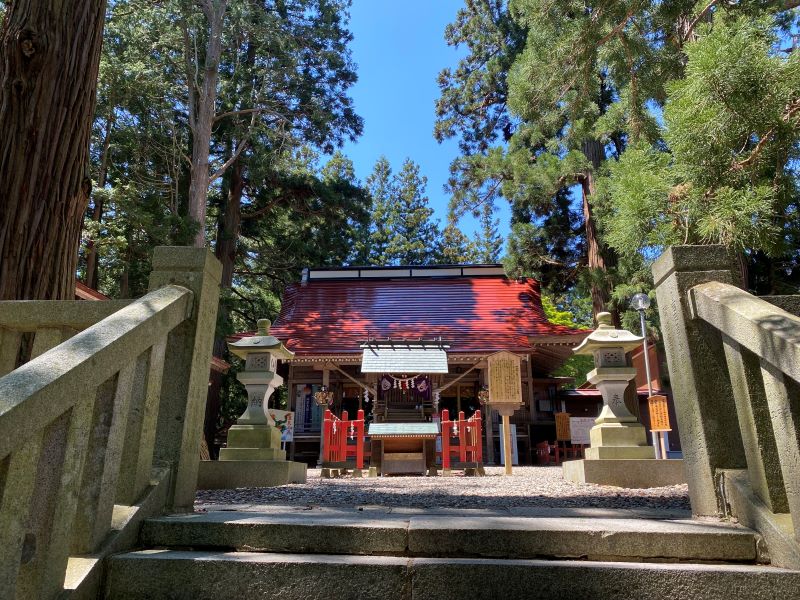
Shiwako Inari Shrine , a mummified white fox, a divine attendant, emerged from a hollow at the base of a sacred tree that was blown down in a typhoon in 1954 and is now enshrined in front of the main hall.
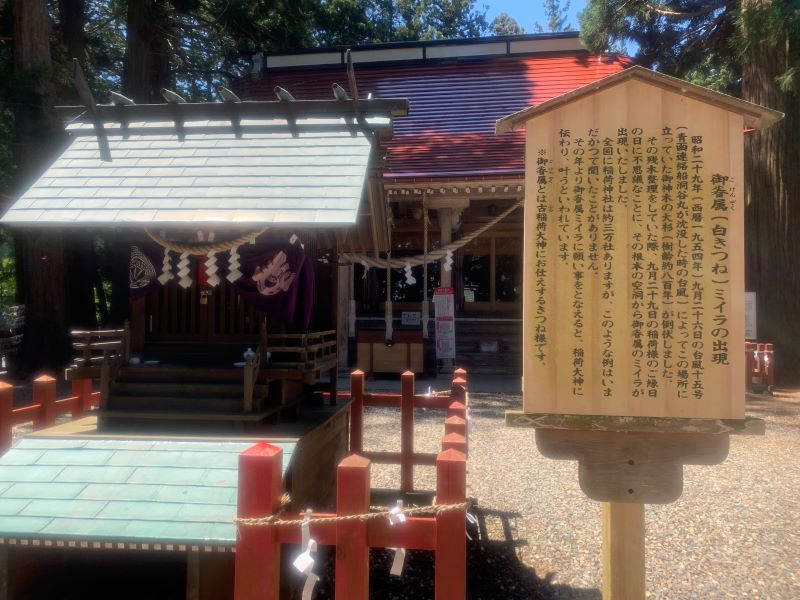
Perhaps because of this, Shiwako Inari Shrine is introduced as one of the Inari shrines across the country in "Inari Kon Kon Koi Iroha," which
Shiwako Inari Shrine <Information>
- Name: Shiwako Inari Shrine
- Address: 108 Masuzawa Komori, Shiwa-cho, Shiwa-gun, Iwate Prefecture
- Phone number: 019-673-7903
- URL: Shiwako Inari Shrine official website
Google Map
summary
Shiwa Inari Shrine is a small Inari shrine located in the countryside outside the city, but within the shrine grounds you can feel the aura of an incomparable power spot. In addition to the sacred tree, the forest of giant cedar trees known as the "Parent and Child Cedars," , and the "Couple Cedars," which are designated natural monuments by Shiwa Town, creates a scene truly worthy of a sacred area. And while the neighboring Shiwako Inari Shrine is also an Inari shrine, it is a power spot with a different aura.
Why not visit these two adjacent Inari shrines?



![The specialty of Genbikei, "Flying Dango," is definitely worth a visit! Delicious activities! [Ichinoseki City, Iwate Prefecture] Genbikei bus stop](https://jp.neft.asia/wp-content/uploads/2017/04/IMG_5931-150x150.jpg)
![Bottle Don is the definitive Sanriku souvenir that looks delicious! [Iwate Prefecture] Bottle don (abalone, scallop, salmon roe)](https://jp.neft.asia/wp-content/uploads/2023/06/IMG_5048-150x150.jpg)
![Ryusen-no-no-no-no-no-no-no-no-no-no-no-no-no-no-no-no-no-no-no-no-no-no-no-no-no-no-no-no-no-no-no-no-no-no-no-no-no-no-no-no-no-no-no-no-no-no-no-no-no-no-no-no-no-no-no-no-no-no-no-no-no-no-no-no-no-no-no-no-no-no-no-no-no-no-no-no-no-no-no-no-no-no-no-no-no-no-no-no-no-no-no-no-no-no-no-no-no-no-no-no-no-no-no-no-no-no-no-no-no-no-no-no-no-no-no-no-no-no-no-no-no-no-no-no-no-no-no-no-no-no-no-no-no-no-no-no-no-no-no-no-no-no-no-no-no-no-no-no-no-no-no-no-no-no-no-no-no-no-no-no-no-no-no-no-no-no-no-no-no-no-no-no-no-no-no-no-no-no-no-no-no-no-no-no-no-no-no-no-no-no-no-no-no-no-no-no-no-no-no-no-no-no-no-no-no-no-no-no-no-no-no-no-no-no-no-no-no-no-no-no-no-no-no-no-no-no-no-no-no-no-no-no-no-no-no-no-no-no-no-no-no-no-no-no-no-no-no-no-no-no-no-no-no-no- [Iwate Prefecture] Ryusendo Cave (first underground lake)](https://jp.neft.asia/wp-content/uploads/2023/07/PXL_20230512_052246926.NIGHT_-150x150.jpg)
![[Series ②: The role of the previous nine years and the role of the second three years] The role of the previous nine years is from the truce to the battle again, and the Kokufu army is struggling Taga Castle Ruins](https://jp.neft.asia/wp-content/uploads/2023/11/a0b8b1213124e7a13c7308fa81e053a2-150x150.jpg)
![[Iwate Prefecture] Soft-serve ice cream with sake, miso and wasabi flavor! Why are the soft serve ice cream eaten at roadside stations so delicious? There's also school lunches! Iwate Prefecture Catch](https://jp.neft.asia/wp-content/uploads/2025/06/915fd0ce722ab0f21e74864401170847-150x150.jpg)
![Tateishi-ji Temple, a corner of the four temple corridors, including Chuson-ji Temple, Mokoshi-ji Temple, and Zuigan-ji Temple [Yamagata Prefecture] Yamadera Risshakuji Temple](https://jp.neft.asia/wp-content/uploads/2016/09/26668581_m-150x150.jpg)

!["Negaseki" is one of the three ancient Oshu sekies that surpasses Minamoto Yoshitsune and Matsuo Basho [Tsuruoka City, Yamagata Prefecture] 3809167_m](https://jp.neft.asia/wp-content/uploads/2023/02/3809167_m-150x150.jpg)
